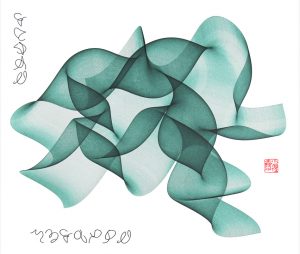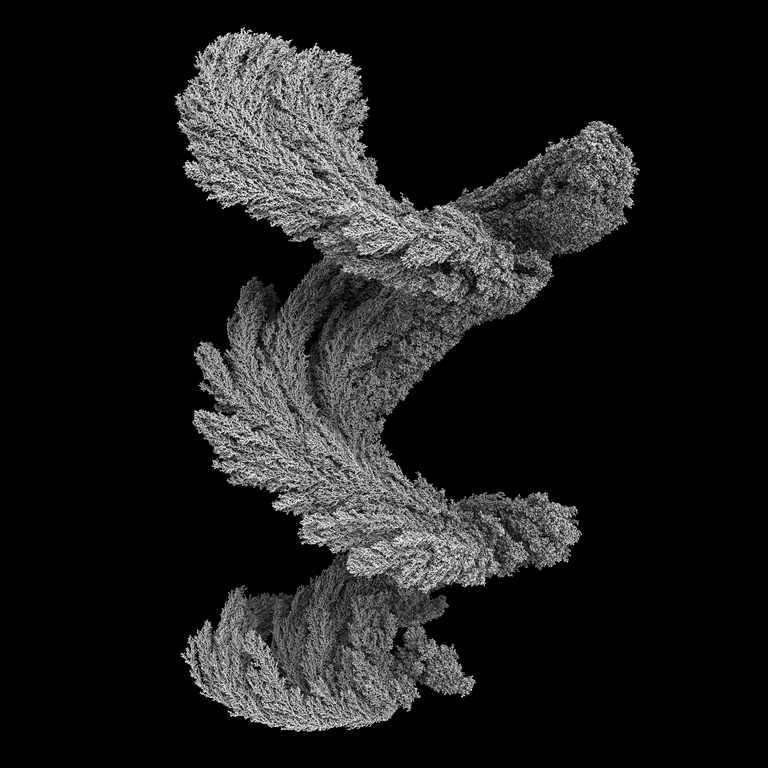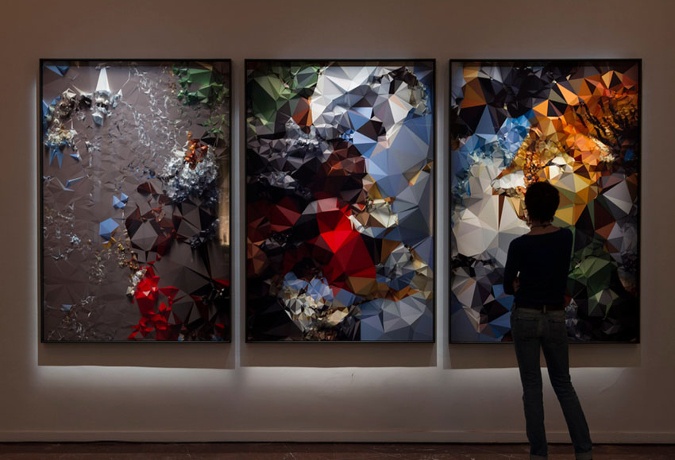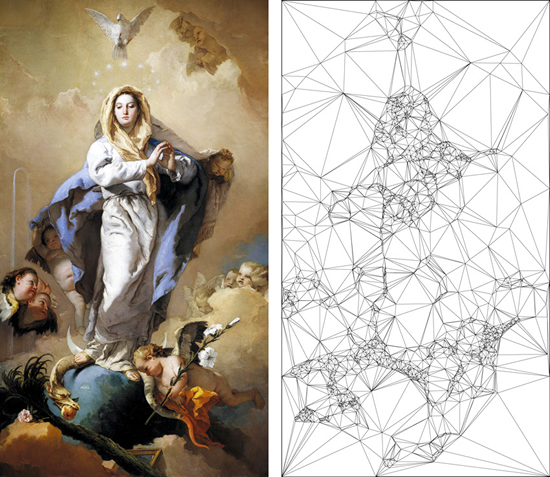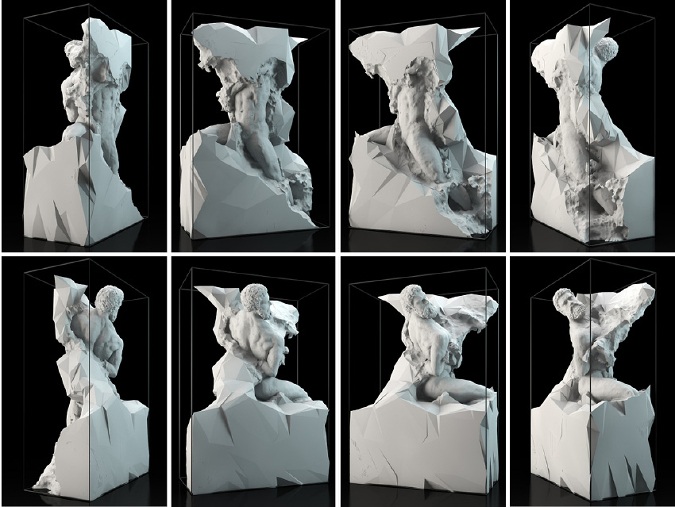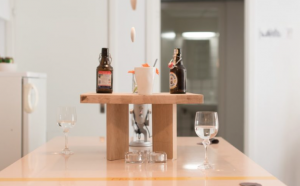var faceWidth = 250
var faceHeight = 300
var cheekWidth = 13*faceWidth/12
var smile = 10
var smileWidth = 7*faceWidth/12
var smileHeight = 2*faceHeight/32
var blushWidth = 20
var blushHeight = 20
var blushDepth = 0
var dimple = 1
var eyeLX = 240 - faceWidth/4
var eyeRX = 240 + faceWidth/4
var eyeLY = 320 //height/2
var eyeRY = 320
var sunglasses = 0
var glassR = 0
var glassG = 0
var glassB = 0
var hairWidth = 100
var hairHeight = 400
function setup() {
createCanvas(480, 640);
}
function draw() {
background(164, 230, 239);
//hair
fill(0);
ellipse(width/2, height/2 - hairHeight/4, hairWidth, hairHeight);
//head
noStroke();
fill(255, 220, 200);
ellipse(width/2, height/2 + faceHeight/4, cheekWidth, faceHeight/2);//cheeks
ellipse(width/2, height/2, faceWidth, faceHeight); //face
//mouth
var mouthHeight = height/2 + faceHeight/4
noFill()
stroke(0);
strokeWeight(2);
if(smile > 20) {
arc(width/2, height/2 + faceHeight/4, smileWidth, smileHeight, 0, PI); //smile
}
else if(smile < 10) {
arc(width/2, height/2 + faceHeight/4, smileWidth, smileHeight, PI, 0); //frown
}
else {
line(width/2 - smileWidth/2, mouthHeight, width/2 + smileWidth/2, height/2 + faceHeight/4); //straight mouth
}
//dimples
noFill()
stroke(0);
strokeWeight(2);
if(dimple > .5) {
arc(width/2 - (smileWidth/2 + 12.5), mouthHeight, 25, 30, 3*PI/2, PI/2); //left dimple
arc(width/2 + (smileWidth/2 + 12.5), mouthHeight, 25, 30, PI/2, 3*PI/2); //right dimple
}
//blush
noStroke();
fill(254 + blushDepth, 118 + blushDepth, 145 + blushDepth);
ellipse(width/2 - 7*faceWidth/16, height/2 + 5*faceHeight/32, blushWidth, blushHeight) //left blush
ellipse(width/2 + 7*faceWidth/16, height/2 + 5*faceHeight/32, blushWidth, blushHeight) //right blush
//eyes
if(sunglasses > .5) {
stroke(0);
strokeWeight(2);
fill(glassR, glassG, glassB);
ellipse(width/2 - 50, height/2, 70, 70); //left frame
ellipse(width/2 + 50, height/2, 70, 70); //right frame
noFill();
arc(width/2, height/2, 30, 30, PI, 0); //nose bridge frame
line(width/2 - 85, height/2 - 5, width/2 - faceWidth/2, height/2 - 20); //left ear frame
line(width/2 + 85, height/2 - 5, width/2 + faceWidth/2, height/2 - 20); //right ear frame
}
else {
noStroke();
fill(0);
ellipse(eyeLX, eyeLY, 20, 20); //left eye
ellipse(eyeRX, eyeRY, 20, 20); //right eye
}
}
function mouseClicked() {
faceWidth = random(200, 300);
faceHeight = random(260, 300);
cheekWidth = random(2*faceWidth/3, 13*faceWidth/12);
smile = random(30);
smileWidth = random(faceWidth/4, 7*faceWidth/12);
smileHeight = random(faceHeight/16, faceHeight/4);
blushDepth = random(-40, 50);
blushWidth = random(20, 40);
blushHeight = random(20, 40);
dimple = random(1)
eyeLX = random(240 - 3*faceWidth/8, 240 - faceWidth/8); //width not declared yet, so used numerical value 240 instead
eyeRX = random(240 + faceWidth/8, 240 + 3*faceWidth/8);
eyeLY = random(320 - 2.5, 320 + 2.5); //height not declared yet, so used numerical value 320 instead
eyeRY = random(320 - 2.5, 320 + 2.5);
sunglasses = random(1)
glassR = random(255);
glassG = random(255);
glassB = random(255);
hairWidth = random(100, 400);
hairHeight = random(200, 400);
}This project made me skeptical at first… When I first heard that we would be using variables to “randomly” generate faces, I thought that the faces would be just that. Random. Impersonal. Throughout the process — and certainly at the end — I found this not to be true though. Even though when I click the mouse, yes, a bunch of variables are randomly assigned values, I found that every generated face still represented me as the artist and programmer. The style of the artist is evident, and that is something that I did not expect. Each of these faces reflect a bit of my comedic and goofy nature (especially with the colored, circular sunglasses).
![[OLD FALL 2017] 15-104 • Introduction to Computing for Creative Practice](../../../../wp-content/uploads/2020/08/stop-banner.png)
